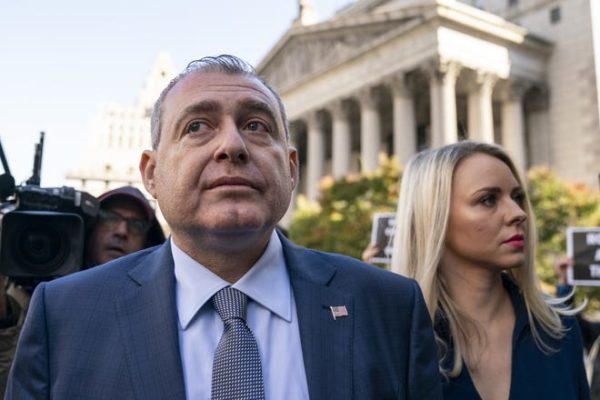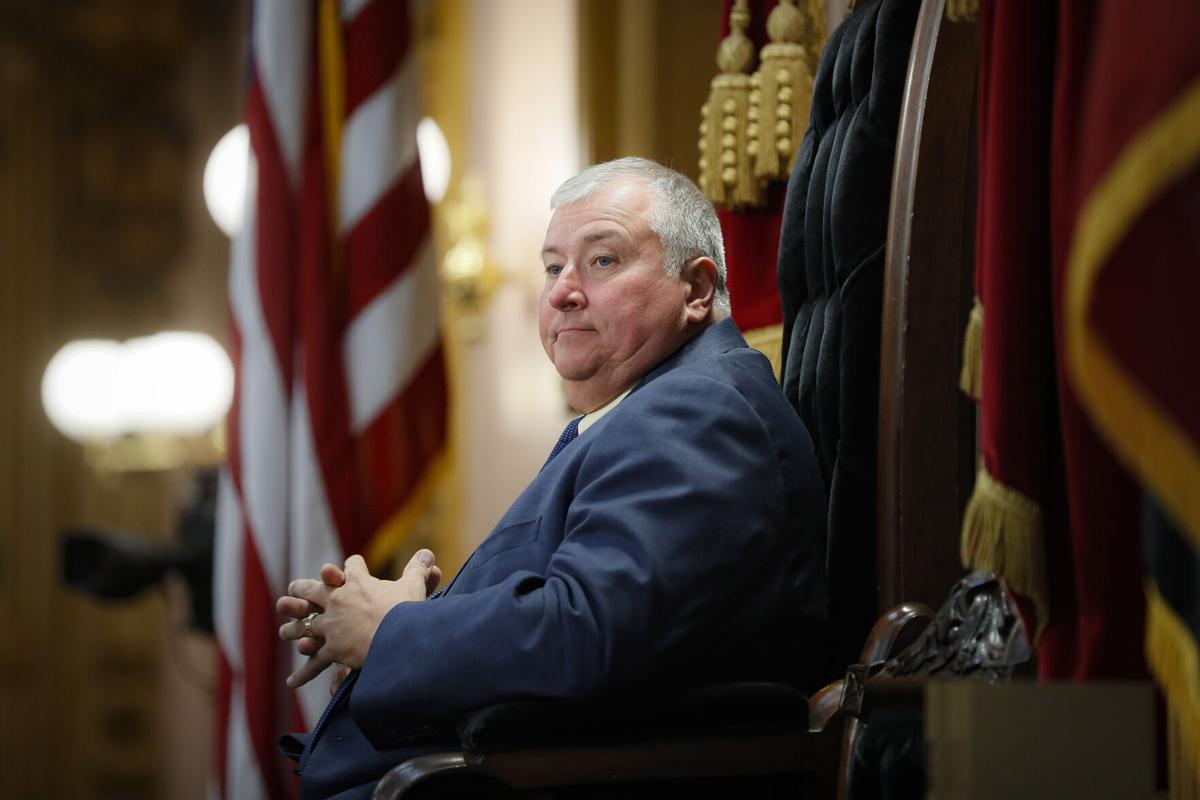The Providence bartender, who hasn’t worked since the coronavirus pandemic shuttered his restaurant in March, logs onto Indeed every morning to hunt for work. He’s applied for jobs at banks, at retailers in malls and at cell phone stores. Only one employer responded, and it was to turn him down.
“Everyone is pretending they are looking out for us,” said Carroll, 30, who made about the same on the enhanced unemployment as he did at work. “They are not the ones faced with: ‘Should I buy groceries or should I put my $200 this week to my rent?’ “
His message to Congress is simple: “Put yourself in our position and get something done.”
Deeply divided over how much support to continue providing the roughly 28 million unemployed Americans amid the fragile economic recovery, Congress left Washington this month without any agreement.
Democrats want to continue the $600 boost until early next year, while Republicans proposed cutting the enhancement to $200 for at least two months and then to 70% of the jobless person’s former wage. This week, Senate Republicans drafted a scaled-back measure that would provide a $300 weekly supplement, and pressure is building on Democrats to accept a more limited proposal.
Millions of laid-off Americans are now trying to pay for housing, put food on the table and pay other expenses only on state unemployment benefits — a weekly cut of at least half in every state.
State jobless payments were never designed to substitute for paychecks but to give the unemployed some income to carry them until they find new positions. They typically replace about 40% to 45% of an out-of-work person’s wage, on average.
The benefits are pretty paltry in many states. The average payment in June ranged from $183 in Louisiana to $456 in Hawaii, according to the US Department of Labor. But the unemployed in two dozen states receive less than $300 a week, on average.
That’s one reason Congress decided to provide an additional $600 a week for four months as part of its historic enhancement to the nation’s unemployment program in the $2 trillion coronavirus relief package in late March. The extra funds were designed to allow people to stay home at a time when government officials didn’t want them going to their jobs or looking for work. Many thought the economy would bounce back by August, but that’s not the case.
After lawmakers were unable to agree on continuing an enhanced payment earlier this month, Trump announced that he would redirect federal disaster aid to provide the jobless with $300 a week if states put up an additional $100. The Department of Labor later said states could count their existing unemployment payments toward the required match.
But it could take several weeks before the unemployed see any money because states have to apply for the lost wages assistance grants and set up programs to administer the program since it’s not part of the traditional unemployment program. Even then, the $44 billion allotment is expected to last only four or five weeks, according to the Federal Emergency Management Agency, which is administering it.
So far, at least 19 states — Alabama, Arizona, California, Colorado, Idaho, Indiana, Iowa, Kentucky, Louisiana, Maryland, Massachusetts, Michigan, Missouri, Montana, New Mexico, North Carolina, Oklahoma, Texas and Utah — have been approved by the agency. Kentucky and Montana will provide residents with an additional $100, making the total enhancement $400 a week.
Arizona has already started distributing the funds, sending more than $200 million to about 400,000 claimants earlier this week.
South Dakota Gov. Kristi Noem, a Republican and Trump ally, said last week that the state will not apply because it has recovered many of its lost jobs.
But the President’s supplement won’t do much for Terri Onick, who is receiving only $184 in Florida benefits now.
After losing her job as a barista in a food hall in March, Onick cut back on her spending to make sure her enhanced unemployment benefits would cover her needs, even though it was a bit less than she had made at work. She got rid of cable and started using her bicycle instead of her car. She stopped going to the nail salon and did her own yard work.
Knowing the federal boost would expire on July 31, the Miami resident managed to set aside some money for her basic expenses in August and September. But she’s nervous about being able to find a job — and about the continuing stalemate on Capitol Hill — before October.
“My current unemployment will not even pay my rent and we’re not even discussing car insurance, we’re not talking about electricity and food,” said Onick, 46, who has applied for hundreds of jobs during the pandemic but hopes to get her old job back once the surge in coronavirus cases subsides.
“I’m hoping that we’ve reached our actual plateau in Miami. And we’ll start to be able to open back up,” she continued. “That’s what I’m really, really hoping for. But if that doesn’t occur, we need assistance from our government.”
This story has been updated with additional developments.



